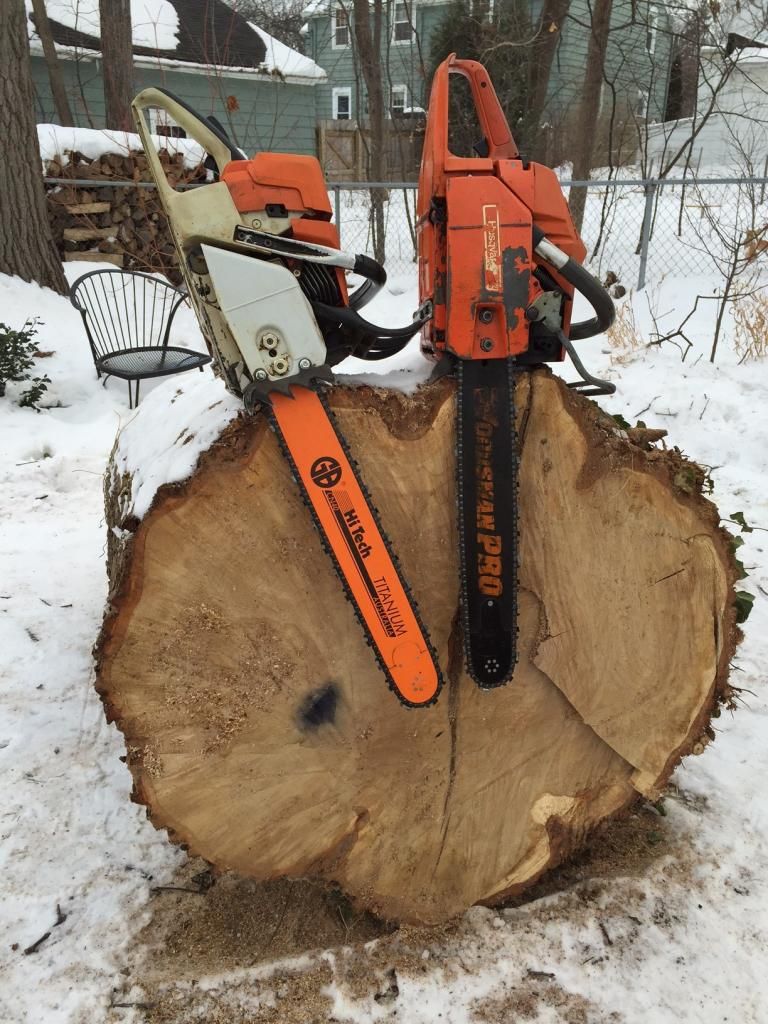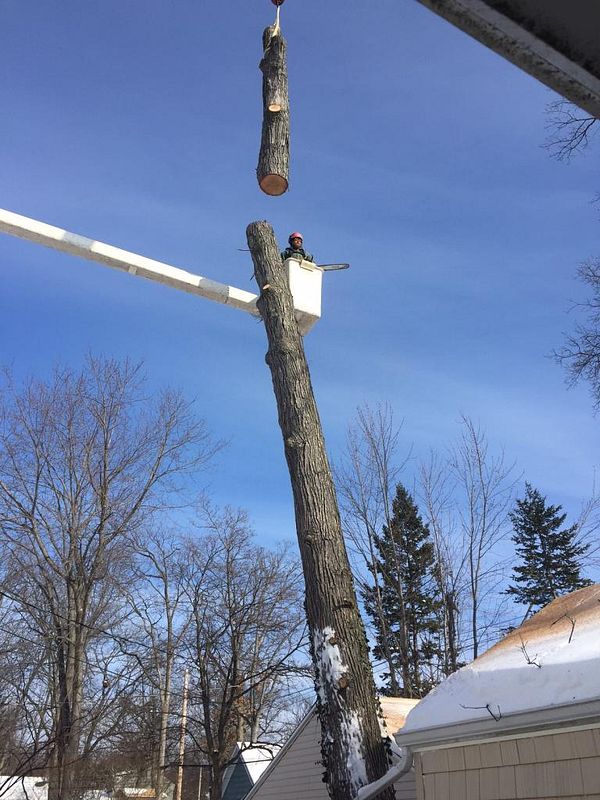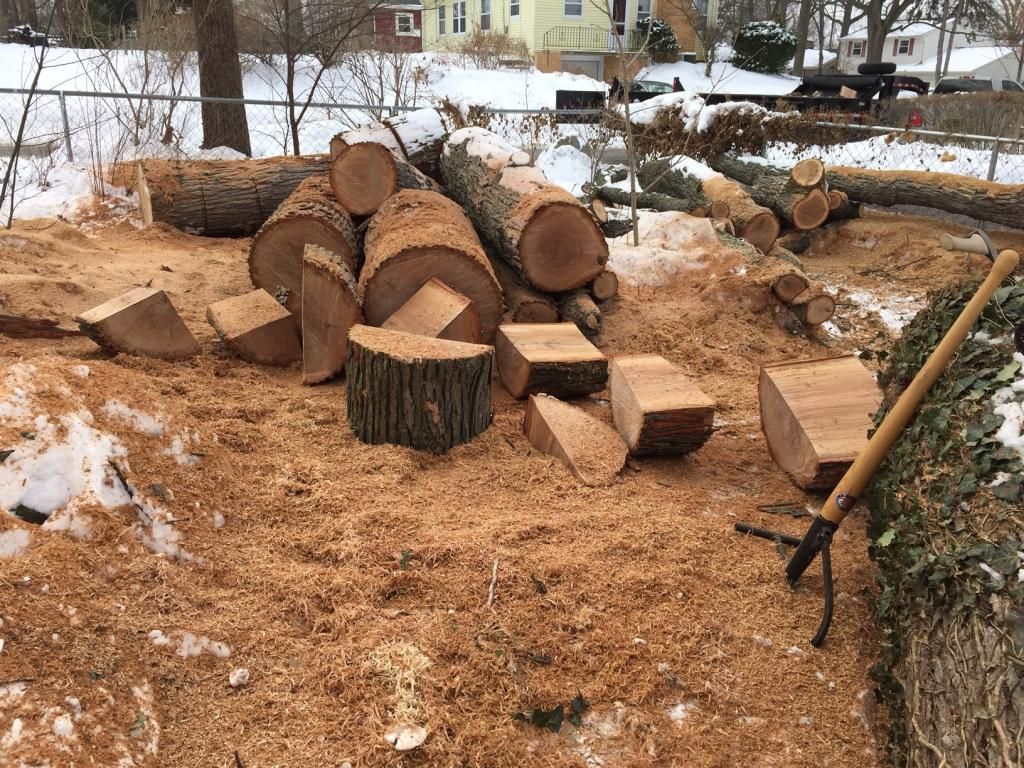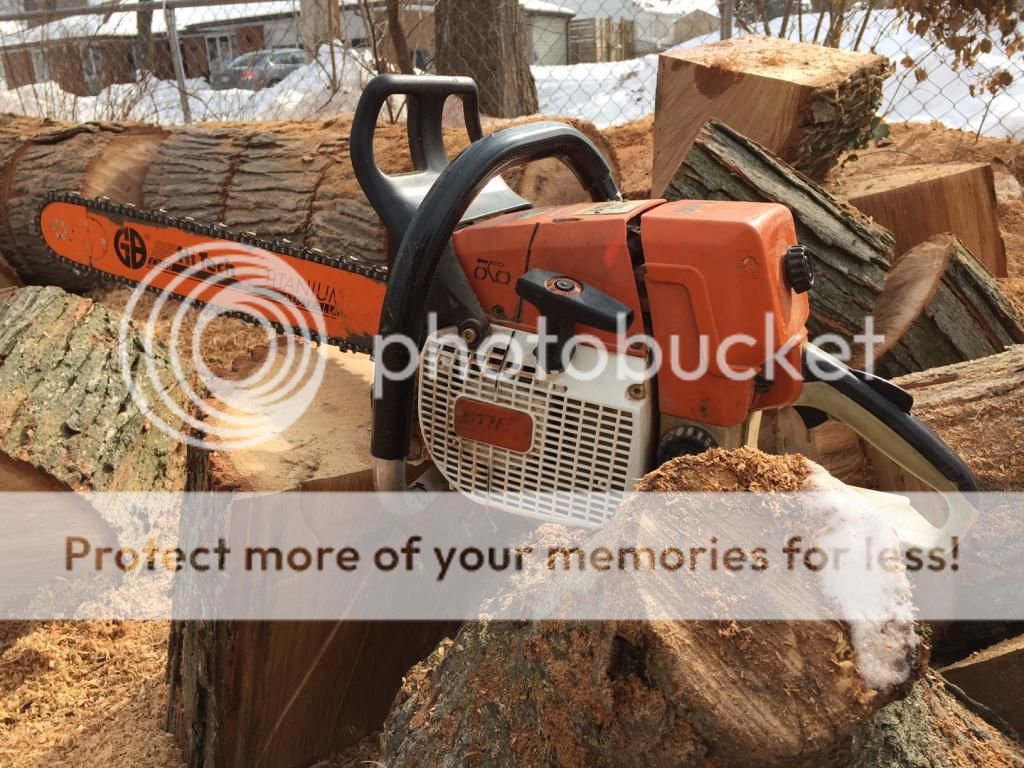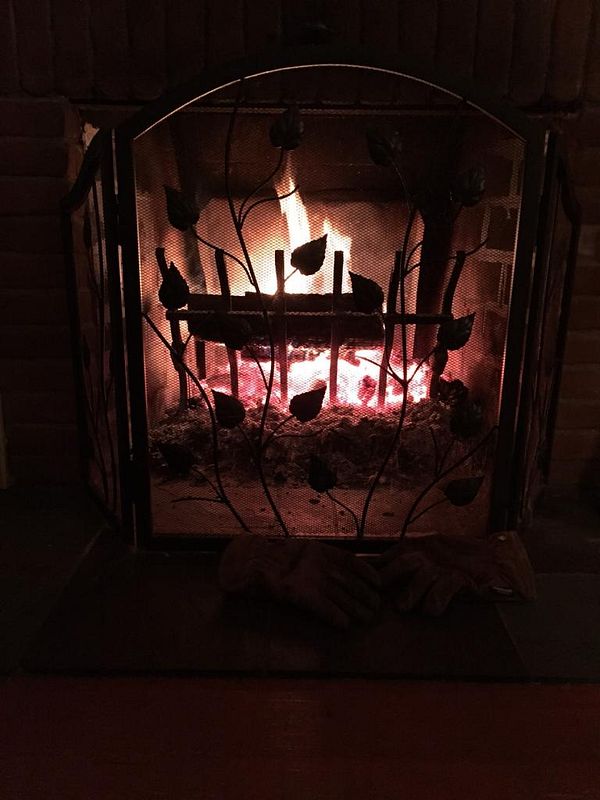.....possible that nothing needs to be done as ATH mentioned? Or because the tree is so large it is likely that in the least pruning needs to be done, and at most pruning and cabling?........
First, I like the reply you received. I agree with their assessment the best next step is an on-site evaluation. Get a price to have them come do that for you. Check qualifications and go with them if all checks out (again, just because they don't have that TRAQ I mentioned doesn't mean that aren't "qualified"...just means that haven't taken the course/passed the test...that is a 3 day course, so they really have to see added value to do that.).
Secondly, a point of clarification: I am not saying nothing needs to be done - just that likelihood of failure might not be so imminent. I did say those other practices are beneficial (and I'll add to that an echo of oldmaple's statement about the cable being properly installed at 2/3 up the tree...lower that that does very little good).
The first step in assessing risk is determining likelihood of failure. ISA's system breaks that into 4 categories: "improbable, possible, probable and imminent" (there are other valid systems out there too, so if the arborist you hire doesn't use those exact terms, I wouldn't get too excited...as long as they communicate clearly with you).
BASED ON THESE 4 PICTURES (reserving the right to change my mind with more information), I'd put that into the "possible" category. From there, you look at likelihood of impacting a target (will it hit your house, the pool, patio furniture, a person, etc...). Look at direction it is likely to fall, prevailing winds, etc... Then you look at the consequence of that failure: Will it break your patio furniture vs. kill somebody, for example. Combine all of those to assign a "risk rating". The arborist job is NOT to tell you "this is too risky" or "this is nothing to worry about". The arborist's job is to give you that information so YOU can make a decision based on the level of risk YOU are willing to tolerate. (FYI: Based on a "possible" likelihood of failure, the
worst risk rating any tree would receive is "moderate" - and that only if the likelihood of impacting the target is "high" and the consequence of impacting that specific target is "severe" (both the highest risk ratings in those respective categories).
The next step is to offer practices to reduce the risk to a level you are willing to tolerate. Sometimes the only way to do that is remove a tree. Sometimes pruning away some limbs will change the targets the tree will impact if it fails. Some practices reduce the likelihood of failure. Maybe it is as simple as "move the kids' sing set". Part of this step is to give you an "after action risk rating". If you have those things done, what is your new risk rating?
Write a check...that service is all done now.
The final step is to have work done based on balancing cost vs. your risk tolerance.
Often, it makes sense to have the arborist who evaluated your tree complete the work because they know what needs to be done. However, you don't want to make that a given when you hire them for the evaluation. The evaluation service should stand alone and should not be just an excuse for them to "bid work". You may want to seek other bids for the work (and the evaluation/prescriptions should adequately describe that work). There may even be circumstances where it makes sense to hire the evaluating company to oversee the work be completed by a 3rd party...be open-minded.
(sorry to be long-winded)





